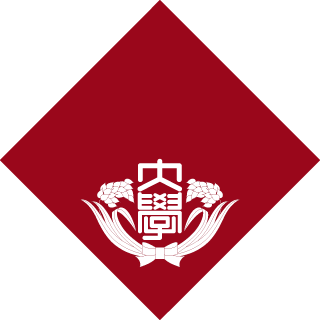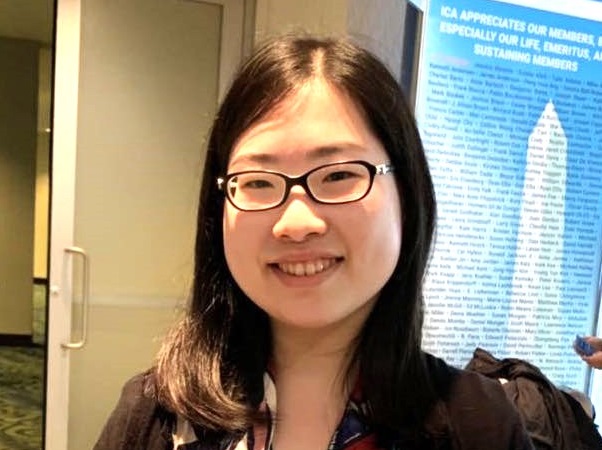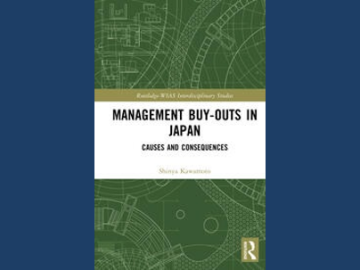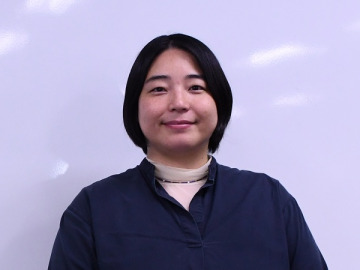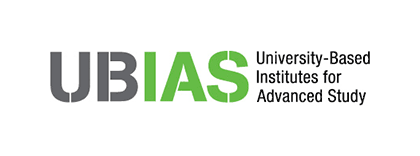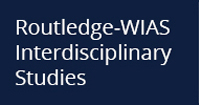Does Media’s Political Reporting Affect People?
My research focuses on the impact of political reporting by the media on people in Japan. The word media as used in this paper refers to mainstream media outlets including television, radio, newspapers, and magazines. In previous research in the field of communication, it has been said that political consciousness of citizens is unaffected by the media. However, because it was based on results verified in the United States, where the degree of trust in the media (Media Trust, hereafter simply referred to as MT) is low in the world, I believe that this does not apply in the same way to Japan, where MT is high.
Therefore, I am conducting various surveys to verify how people in Japan, where MT is high are exposed to political reporting in the media and how they are affected by it.
What Is the Impact of Television Political Reporting?
During the 2010 Upper House election, I focused on televised election coverage and examined whether it affected the political consciousness of voters. I divided television coverage into three categories: positive coverage, negative coverage, or neutral coverage for each political party. I then asked voters the names of the political parties they planned to vote for, the names of the television programs they watched, and the names of the political parties they ultimately voted for to see if there had been any changes in their voting behavior.
My survey encompassed 600 men and women across Japan. When subjects were exposed to a higher volume of negative reports about the party for which they planned to vote for, the rate of voting without changing the party for which they planned to vote was 25.7%, and 28.7% changed the party to vote for, which resulted in a 3% change in voting behavior. In other words, the survey revealed that in Japan, where MT is high, although political coverage by television might be moderate in quantity, it affects the political consciousness of voters.
What Are the Criteria for Selecting Information to be Disseminated by the Media?
Next, I examined eye movements of surveyed subjects (73 Japanese students) when they were exposed to media information. I showed them a screen with written opinions in favor of and against the restart of a nuclear power plant, and measured their viewpoints by machine (Fig. 1).
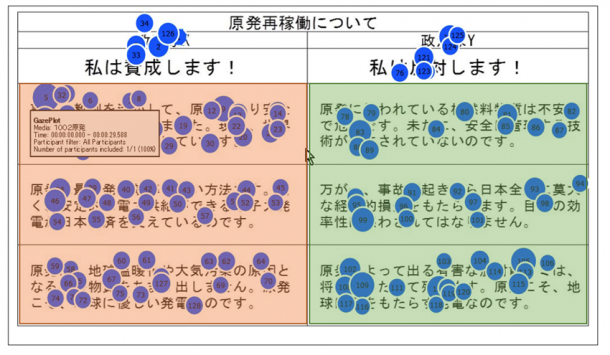
Fig. 1. Opinions For and Against Restart the Nuclear Power Plant Were Shown to Survey Subjects (73 People). The Above Figure Illustrates the Transition in One Person’s Viewpoint. The Symbol 〇 Represents the Subject’s Viewpoint. It Can be Seen That Regardless of Personal Opinions, the Subject Looked at Both Opinions in the Same Way. For details, see Liu, L., & Kato, G. (2017). Selective attention and its impact on evaluation and recall of political information: An experimental study using eye-tracking technology. WINPEC Working Paper Series. No. J1611.
The figure captures eye movements of one survey subject, but the results indicate that other survey subjects followed the opinions for and against using the same eye movements, regardless of their personal opinions.
Furthermore, I created a pseudo-site that offered articles about politics and investigated which articles were viewed, and for how long. In order to compare by country, I targeted Japan, where MT is high, Germany, where MT is medium, and the United States, where MT is low (Fig. 2).
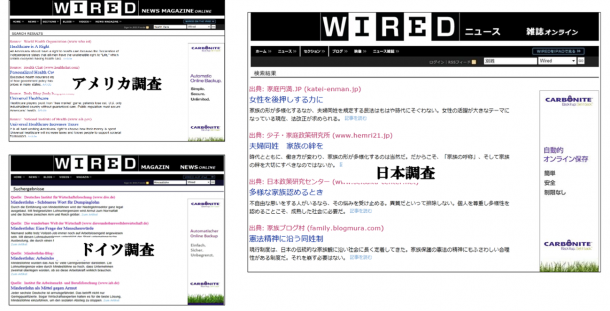
Fig. 2. Pseudo-site on Japanese, German and North American Politics Were Created to Verify Which Articles the Respondents in Each Country Viewed and for How Long. 200 People Were Surveyed for Articles in Japan. For details, see Knobloch-Westerwick, S., Liu, L., Hino, A., Westerwick, A., & Johnson, K. B. (2019). Context impacts on confirmation bias: Evidence from the 2017 Japanese snap election compared with American and German Findings. Human Communication Research. 45, 427-449.
Then, I found the “confirmation bias” value by subtracting “time (seconds) viewing an article that disagrees with one’s opinion” from “time (seconds) viewing an article that agrees with one’s opinion” and produced a graph (Fig. 3). While respondents in all countries tend to view at articles that matched their own opinions longer, respondents in the United States, which has a lower MT, tend to do so more than those in other countries. I also found that people in Japan, which has a high MT, also view articles that differ from their own opinions than the United States.
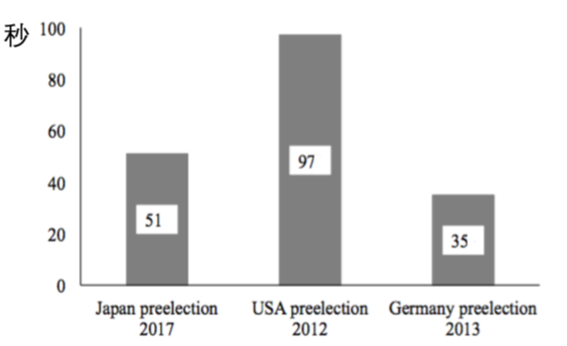
Fig. 3. Graph of Confirmation Bias found by Subtracting Time (Seconds) Viewing an Article That Differs From One’s Own Opinion” from “Time (Seconds) Viewing an Article That Matches One’s Own Opinion” to produce a graph. While respondents in all countries tend to view articles that matched their own opinions longer, respondents in the United States particularly have a notable tendency to do so. For details, see Knobloch-Westerwick, S., Liu, L., Hino, A., Westerwick, A., & Johnson, K. B. (2019). Context impacts on confirmation bias: Evidence from the 2017 Japanese snap election compared with American and German Findings. Human Communication Research. 45, 427-449.
From the survey of the observer’s eye movements and the length of time to view articles, I found that Japanese people also select and view different content that does not match their own opinions, but I further investigated whether there are criteria for selecting articles other than those that match or disagree with their opinions. When the headlines of articles by Chinese and Korean writers other than Japanese reporters and the headlines of articles by Westerner writers were shown to Japanese subjects, the results showed that those by Westerners were more selected and viewed. In other words, an author’s country is also a criterion when selecting articles.
My Upcoming Research Focus: The Mechanism of Information Processing
In order to investigate confirmation bias more precisely, I have created a pseudo-site in Japan, the United States, and Hong Kong which has a moderate MT, and asked individuals their degree of trust in the media, and currently I am summarizing the results. By conducting surveys and comparing countries with variations in MT in this way, we can better clarify the characteristics of Japan. In the future, I would like to conduct research on information processing mechanisms such as how a person processes information obtained from the media within themselves. For example, I seek to address questions such as whether individuals ignore information that differs from their own opinion, whether they simply interpret it for their own convenience, or they simply accept it.
Coverage/Constitution: AIMONO Keiko
Cooperation: Graduate School of Political Science, Waseda University, J-School
